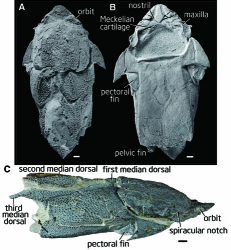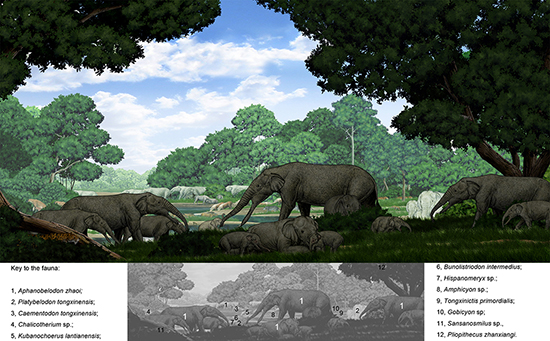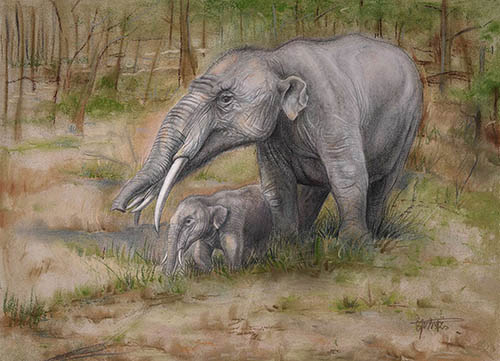 |
Research on Gomphotherium |
| For a long time, gomphotheres are considered to be the key link in proboscidean evolution. They are deemed as the ancestral stock of the true elephantids surviving now. The origins of stegodontids, rhynchotheres and cuvieroniines are believed to be more or less related to gomphotheres. However, gomphotheres are also... |
|
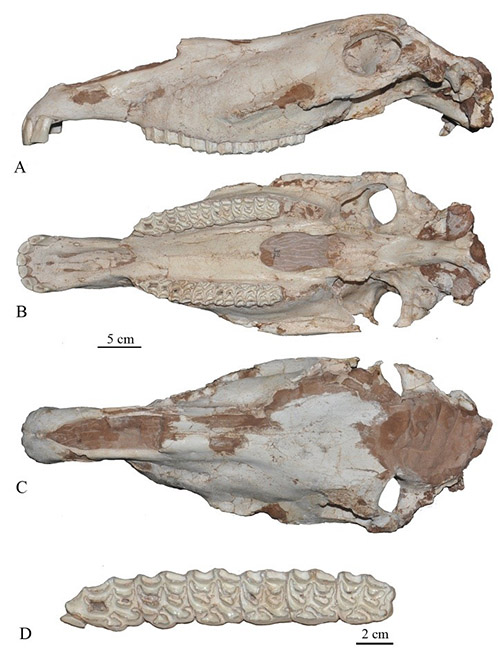 |
New progress of research on fossil Equus |
| Stenonid horse is the earliest Equus in Eurasia. The first occurrence of stenonid horse in Eurasia was regarded as the sign of the lower boundary of the Quaternary. The appearance, evolution and dispersal of the stenonid horses were contemporary with many important geological and environmental events, so they were r... |
|
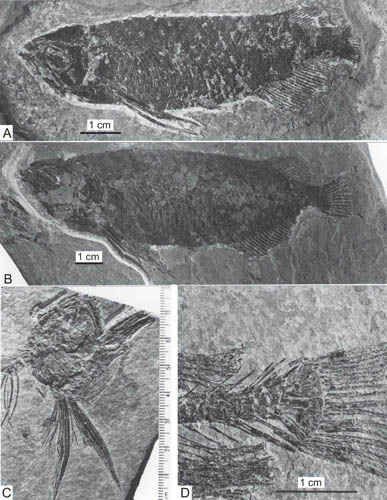 |
New Species of Arowana (Osteoglossid Fish) Discovered from the Eocene of China |
| The Asian arowana (Scleropages formosus), known as the dragon fish, is one of the most prized and expensive aquarium fishes in the world. Scleropages is an extant freshwater fish of Osteoglossidae with a transoceanic distribution in Southeast Asia and Australia. All previously Known fossil records of Scleropages are... |
|
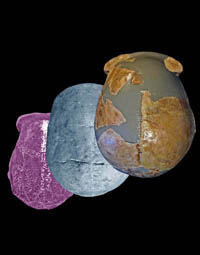 |
New Finds from China Suggest Human Evolution Probably of Regional Continuity |
| The period between about 200,000 and 50,000 years ago saw the amplification of regional diversity in human biology. Given the fragmentary nature of that human fossil record, the nature of these late Middle and early Late Pleistocene humans in the more northern portions of eastern Eurasia has been unclear. In a study... |
|
|
|
|
|
 |
New Old World Vulture Found from the Late Miocene of China |
| Neogene fossils of Old World vultures (Aegypiinae and Gypaetinae) are known from Africa, Eurasia, and North America. The evolution of Old World Vultures is closely tied to the expansion of grasslands and open woodlands and appearance of large, grazing mammals. While there are no extant Old World vultures in the Ame... |
|
|
|
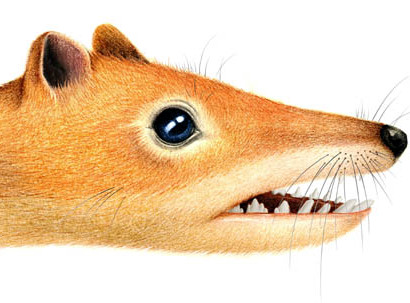 |
New Symmetrodont Mammal Found from the Early Cretaceous of China |
Mesozoic mammals with molariform teeth bearing a simple, triangular arrangement of principal cusps were traditionally assigned to the Order Symmetrodonta. Phylogenetic analyses imply that this grouping is artificial, with the symmetrodont molar pattern representing a structural grade that evolved multiple times.
... |
|
|
|




